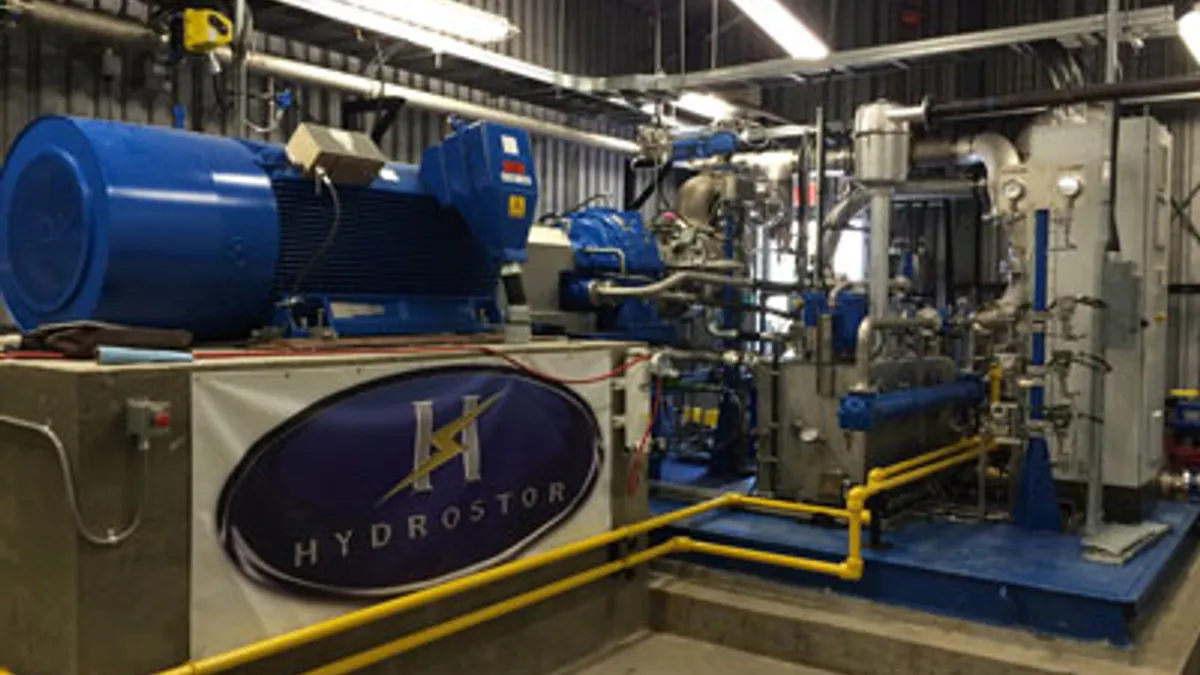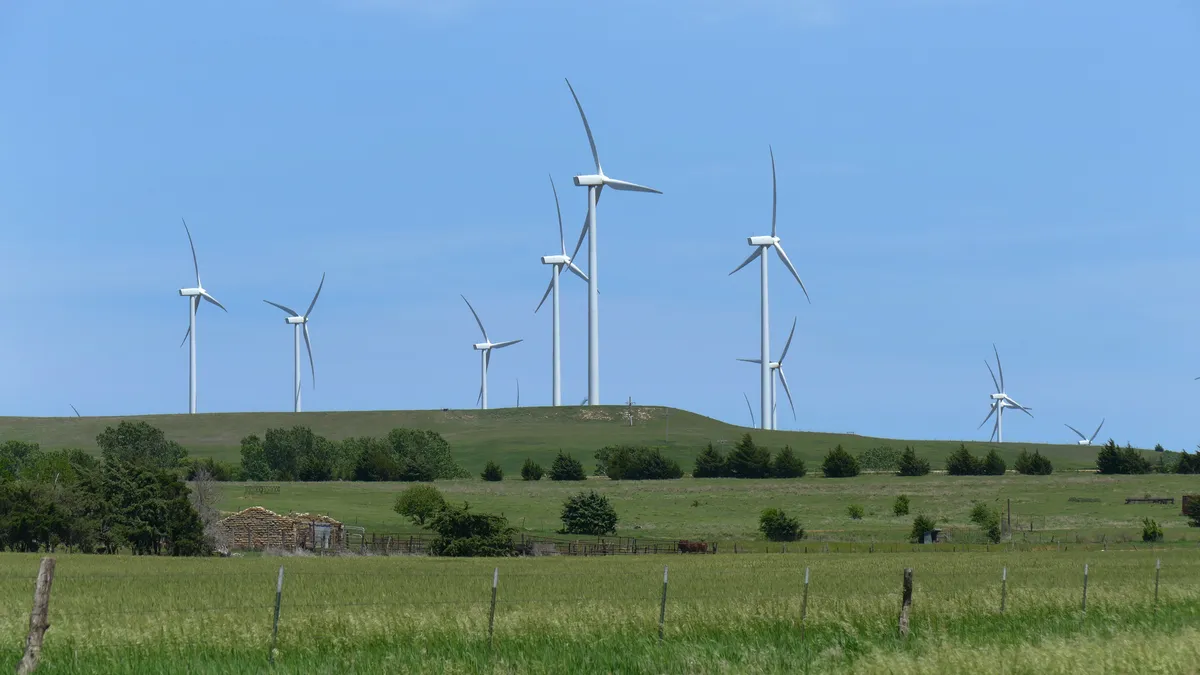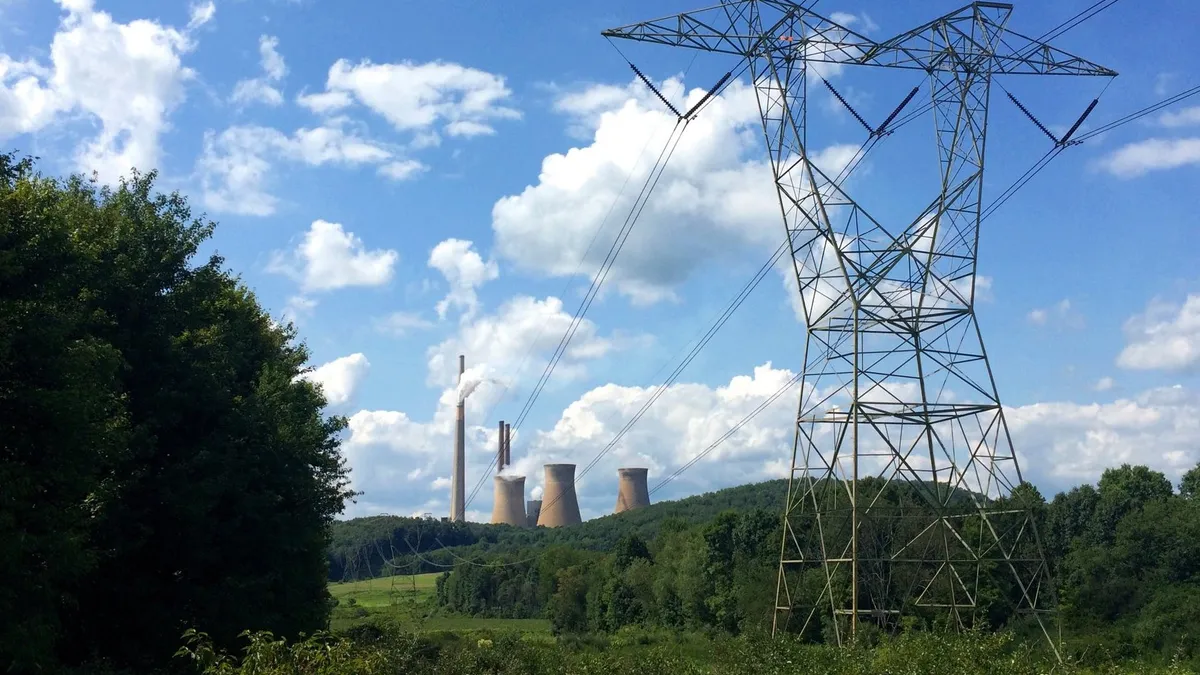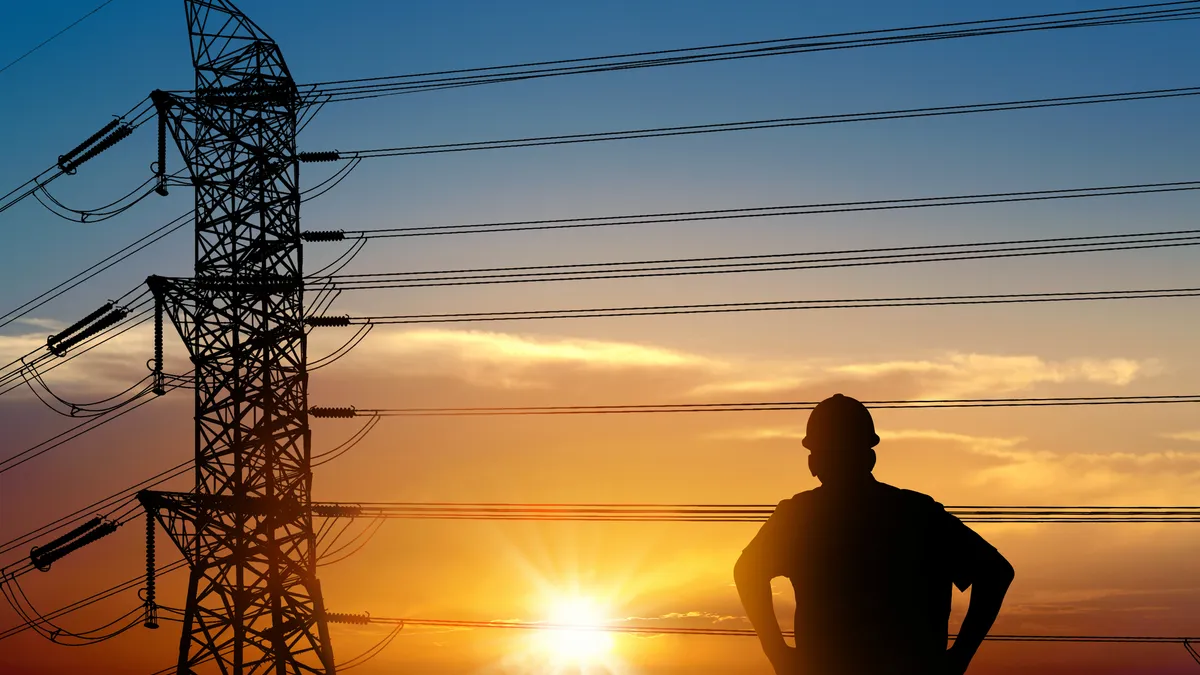Hydrostor is evolving into a land creature.
The Toronto based company began its corporate life developing compressed air energy storage projects in deep water.
In a 2015 pilot project with Toronto Hydro, Hydrostor used off-peak energy to compress air in underwater balloons two miles off shore in Lake Ontario. The balloons can be deflated later with the aid of water pressure to generate power at times of high demand.
But as interest in the technology grew, it became clear that deep water was a limiting factor, said Curtis VanWalleghem, the company’s president and CEO. “Utilities were looking for hundreds of megawatts, but there was not deep enough water,” he said.
Hydrostor marine projects are viable in 200 meters of water, but ideally should have 400 meters. That makes the technology suitable for projects in the Caribbean or in some parts of California or for the few sites near enough to deep inland lakes, but for larger projects the company came up with a new strategy. As VanWalleghem puts it, “Bring the depth to the site.”
Basically if deep water is not available, Hydrostor drills a hole and fills it with water, but the process is not as simple as it might sound. The technology, which the company calls Hydrostor Terra, involves drilling a deep well with a cavern at the bottom about the size of a three or four story high football field for a project with 1 GWh of storage capability. The cavern is coated with shotcrete to protect against possible contamination of groundwater.
In addition to a site with sufficiently dense rock, the technology also requires a nearby source of water that can be piped into the cavern.
The project also requires three above ground components, a compressor, a heat storage device and a turbine-generator. The compressor runs on grid electricity and pumps air into the cavern, displacing the water.
Compressing the air heats it to about 250° C. The hot air is passed through a thermal storage device that strips out the heat and stores it using a proprietary blend of salts and waxes. The compressed air leaves the thermal unit at ambient temperature.
When the process is reversed, the stored air passes back through the thermal storage unit heating up the air before it is run through an expansion turbine that, in turn, drives a generator.
Expansion turbines, or turbo expanders, are widely used on natural gas pipelines where they convert high pressure gas to energy that drives compressors.
The Hydrostor Terra process is similar to the more widely used compressed air energy storage (CAES) technology that pumps air into underground caverns, but there are significant differences between the technologies.
CAES requires the right geological conditions, such as large the proximity of underground caverns for storage. And, without the thermal unit, CAES plants need to burn natural gas to heat the stored air before it passes through the turbine.
In addition, said VanWalleghem, storing air in an empty cavern leaves “dead zones,” that is, there are wide variations in pressure as the air is stored. Like pumping up a bicycle tire, it takes less energy at first and more energy as the tire reaches full pressure.
By adding water to the process, the air pressure remains relatively constant. That means the compressor runs at a constant speed, what VanWalleghem calls its “sweet spot.” That, he said, improves the efficiency and economics of the process.
The Hydrostor Terra system also bears some resemblance to a pumped hydro storage project where water is pumped up to a reservoir using low cost, off peak power and then released when demand and prices are high.
Here, again, there are differences between the two technologies. For pumped storage plants the turbines are usually sited deep underground, which is expensive. In addition, compressed air has a higher energy value than water – air can be compressed; water essentially cannot – so the footprint of a Terra plant is much smaller, said VanWalleghem.
Small enough to be an ideal fit for older, retiring coal plants and provide alternatives to peaker plants and transmission lines.
On par with peakers
The combination of these factors is a storage technology that is half the cost of competing battery technologies and on par with the cost of a new gas-fired generating plant, said VanWalleghem.
For a 100 MW Terra storage facility capable of discharging for six to 10 hours, the cost could be as low as $900/kW or from $90 million to $150 million, depending on the complexity of the location, VanWalleghem.
By comparison, a new gas-fired plant could cost anywhere from $1,000/kW to $1,500/kW.
That puts the Terra system on par with the cost of a gas-fired peaker, but about three times cheaper than the cost of a battery storage system of the same duration, VanWalleghem. He also notes that the Terra system has a life expectancy about five times that of a battery.
“We are looking at 30 and even 50 year warranties” for the underground portion of the system while the machine components can last for decades with regular maintenance, VanWalleghem said.
VanWalleghem says the Terra system has an efficiency of 60%, which is higher than a gas plant in simple cycle operation but lower than the 80% to 85% efficiency that battery makers claim. But, VanWalleghem notes, the Terra system would be running for much longer periods of time, so the differences in efficiency would make less of a difference.
The Terra system is also scalable, said VanWalleghem. The size of the cavern would provide an upper limit to capacity, but the capacity of the heat exchanger can be changed and the expansion turbines can be scaled by using larger machines or changing the configuration of machines.
And while Hydrostor’s underwater technology is ideally suited for applications ranging from 2 MW to 20 MW, the Terra technology can be sized from 40 MW up, and the real sweet spot of the technology, said VanWalleghem, is between 100 MW and 500 MW.
Going long
The real market for the technology is the long duration storage market, said VanWalleghem. “At durations less than four hours, we stop looking.” What he is looking at are projects capable of discharging for anywhere from eight to 12 hours and even up to 24 hours.
VanWalleghem said the first two markets Hydrostor is approaching with its Terra technology are instances where a utility is looking at building a new transmission line or a peaking plant to alleviate congestion or provide backup power for intermittent resources.
For instance, a Terra storage system could be sited at one end of a transmission constraint and “bridge the bottleneck” more cheaply than building a new transmission line, said VanWalleghem. Similarly, a Terra system could be installed to provide peaking power instead of building a new gas plant, especially in locations where noise or emissions are a concern. The Terra system has no emissions and runs very quietly, said VanWalleghem.
Used in those applications, a Terra system can stack revenues three ways. It would reap cost savings from what VanWalleghem calls “transmission avoidance.” It would be able to bid into a wholesale power markets to provide capacity, and it would be able to arbitrage the difference between high and low power prices. While arbitrage alone is not sufficient to support a project, it does provide “the cherry on the top,” said VanWalleghem.
In the peaker replacement market, VanWalleghem sees a potential market in the 70 to 80 coal plants that are going to be retired in the coming years. About one-third of those sites could be suitable for conversion to a storage system, he said. Those sites have access to water, transmission lines and have already been permitted as an industrial site.
The company has already begun gearing up for that market. Hydrostor has formed a partnership with AECOM in which the construction company is licensing the Terra technology and will act as the engineering-procurement-construction contractor.
Hydrostor also has formed a financing partnership with Canoe Financial. And the company has formed partnerships with NRStor and Gravity Renewables to help develop projects in Canada and the United States, respectively.
VanWalleghem said Hydrostor has about 200 MW of Terra storage projects in the pipeline. He declined to name the companies involved but both projects are in the “hundreds of megawatts” range, one in Canada and one, involving the repurposing of a shuttered coal plant, in the United States. The projects could be made public as soon as the next several weeks, he said.






















